2016 Tata Hexa review, test drive
With the Hexa, Tata opens a new chapter in the premium SUV segment. Here are our first impressions of the car.
Published on Oct 21, 2016 10:00:00 PM
1,40,833 Views
Follow us on



What's it like to drive?
The Hexa is the first model after the latest iteration of the Safari to use Tata’s new Varicor400 engine. This unit’s 2,179cc makes a healthy 156hp and 400Nm (hence the ‘400’ in the engine name), but the figures are not so impressive when you account for the fact that the motor also has to lug 2.2-tonnes plus. The engine can be had mated to a new six-speed manual gearbox offered in 4x2 and 4x4 versions, as well as with a six-speed automatic transmission that sends power solely to the rear axle.
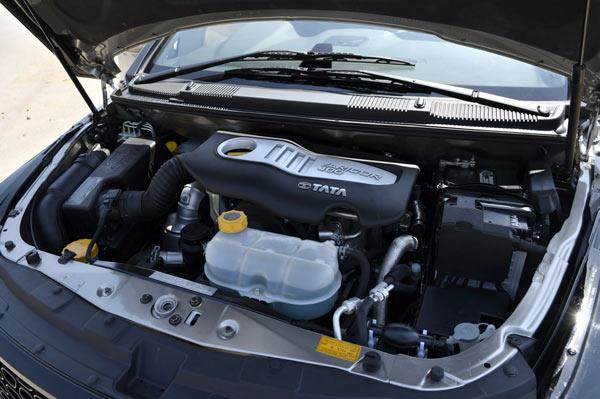
It was the latter we sampled first and it immediately impressed us. The engine is surprisingly responsive and has a nice, linear spread of power, pulling cleanly from about 1,500rpm. There’s no spiky mid-range surge, just a mild swell of torque across a very broad rpm band. Automatic gearshifts are quick, smooth and very fluid and it makes the most of the Hexa’s performance. In fact, the automatic is substantially quicker than the manual and a 0-100kph time of 12.71 seconds for such a behemoth is pretty respectable.
The Punch-sourced ’box also offers a Sport mode where the system only upshifts at the redline and you also have the option to shift manually using the gear lever itself, and it must be said the gearbox is quick to respond. Before you think otherwise, the Hexa isn’t a sporty car but it’s nice that the gearbox has provisions to make the driving experience more involving. Where the Hexa auto feels its best is cruising out on the highway, when the sufficient power and good engine refinement come into play.

After the automatic, the manual Hexa turned out to be a let down and isn’t half as nice to drive as the auto. The issues, really, are centred around the gearbox and clutch. The six-speed manual has long throws and the gearshifts are rubbery. What makes matters worse is that the clutch action is not progressive making it hard to modulate at slow speeds.
If not on the drag strip, the Hexa will impress on an off-road course. The Hexa’s all-wheel-drive system is latently rear-biased but will send power to the front axle when it senses a loss of grip. There’s hill descent control too. The safety suite too is very comprehensive and includes six airbags and ESP with rollover mitigation.
The Hexa is a large vehicle and feels its size in tight city confines. The steering calls for much effort at low speeds and U-turns are pretty cumbersome. The wooden-feeling brakes too don't inspire confidence and there’s always the sense that the Hexa’s weight will overwhelm the all-round disc brakes. However, we repeatedly simulated a panic-stop braking from 80kph to standstill, and each time the Hexa came to a halt without any drama.
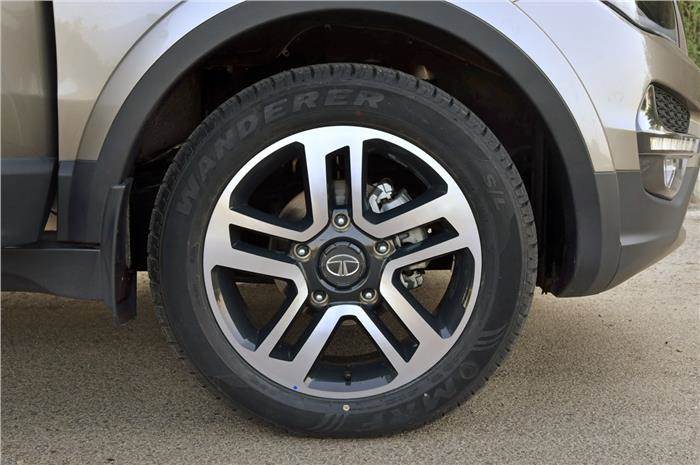
The one area where the Hexa outshines the competition is in ride comfort. The Hexa is the first Tata car to use variable rate dampers and, coupled with the 19-inch wheels, the result is really good. The tyres just bulldoze over small potholes while the suspension happily (read quietly) soaks up any road shock to isolate the passengers. There’s no doubt that the Hexa is easily the best riding vehicle in its segment.
Copyright (c) Autocar India. All rights reserved.

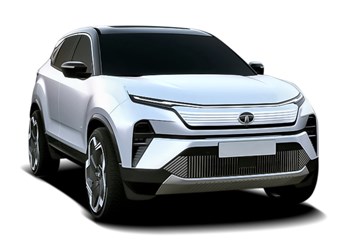
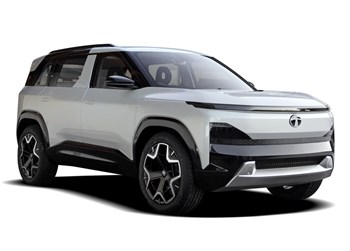



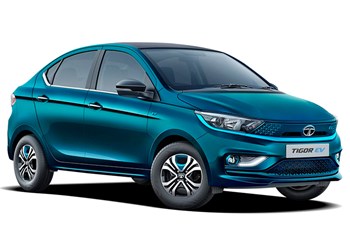


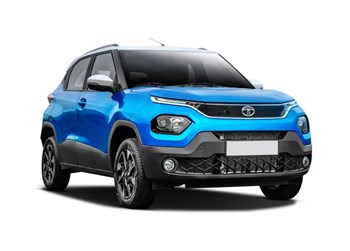
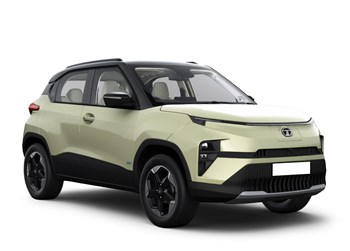
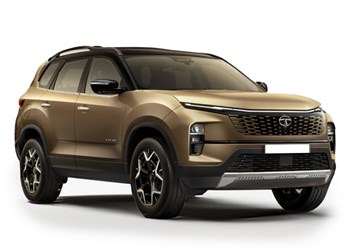
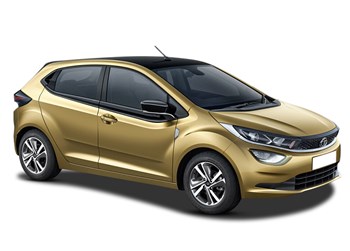
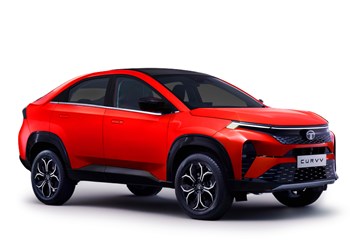
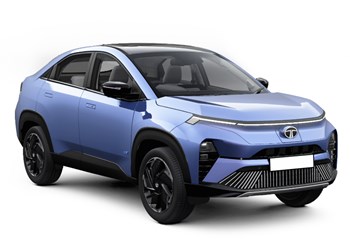
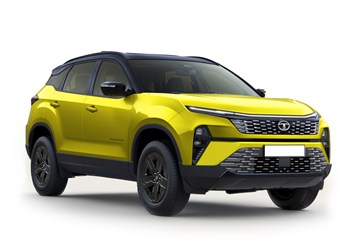



Comments
Member Login
Personal Details
No comments yet. Be the first to comment.